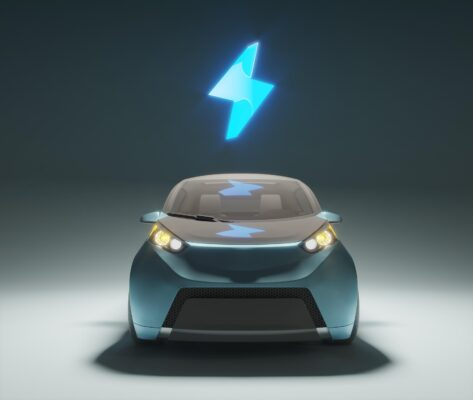As cities across the globe grapple with congestion and pollution, the rise of electric vehicles (EVs) offers a promising path to a cleaner, more sustainable future. However, traditional charging infrastructure has often posed a challenge, with limited charging stations and long wait times deterring potential EV adopters. Enter wireless EV charging—a game-changer poised to revolutionize urban mobility in 2024. Imagine a world where charging your electric car is as simple as parking over a pad. According to a recent MIT Technology Review report, this technology could reduce charging times by up to 50%, making EVs more practical for urban dwellers. In this article, we’ll explore how wireless EV charging works, its benefits, and what to expect in the coming year.
How Wireless EV Charging Works
Understanding the Technology
Wireless EV charging, also known as inductive charging, operates on the principle of electromagnetic induction. This process involves:
– Charging Pad Installation: A charging pad is installed on the ground, either in public spaces or private garages.
– Vehicle Receiver: The EV is equipped with a receiver pad.
– Energy Transfer: When the vehicle is parked over the charging pad, energy is transferred wirelessly from the pad to the receiver, charging the car’s battery without the need for cables.
Key Players and Developments
Several companies and automakers are pioneering this technology:
– BMW and Hyundai have already launched pilot programs in select cities, demonstrating the viability of wireless charging.
– According to Reuters Mobility, Qualcomm and WiTricity are leading the charge in developing efficient systems that can be embedded in roads.
Benefits of Wireless EV Charging
Convenience and Accessibility
The most significant advantage of wireless charging is its convenience:
– Eliminates Cables: No more fumbling with cables and connectors.
– Public and Private Use: Installations can be made in public parking lots, residential areas, and even streets.
– Reduced Wait Times: Faster charging means less time spent waiting, especially in busy urban areas.
Enhancing Urban Mobility
Wireless charging is not just about convenience; it’s about transforming urban mobility:
– Increased EV Adoption: Easier charging processes encourage more people to switch to EVs.
– Efficient Use of Space: Compact charging pads can be integrated into existing infrastructure, maximizing urban space.
– Environmentally Friendly: By facilitating the transition to EVs, cities can significantly reduce carbon emissions.
What to Expect in 2024
Pilot Programs and Expansion
In 2024, we can expect to see:
1. Expanded Pilot Programs: More cities will likely follow the lead of places like Oslo and Los Angeles, which have already begun testing wireless charging on public roads.
2. Increased Collaboration: Partnerships between tech companies and automakers will accelerate development and deployment.
Challenges and Considerations
While promising, wireless EV charging faces several challenges:
– Cost: Initial setup costs can be high, though these are expected to decrease as the technology matures.
– Standardization: As highlighted by Electrek, the lack of standardization across models may initially slow adoption.
Practical Tips for Early Adopters
How to Charge
For those interested in adopting wireless charging, consider the following:
– Check Compatibility: Ensure your EV model supports wireless charging.
– Find Locations: Use apps and online platforms to locate available wireless charging spots in your area.
Where to Buy
Manufacturers such as Tesla, Rivian, and Volkswagen are expected to roll out compatible models in 2024. Keep an eye on:
– Official Websites: For updates on compatible models and available features.
– Dealerships: As they begin to offer wireless charging-enabled vehicles.
Conclusion
Wireless EV charging is set to revolutionize urban mobility by making electric vehicles more accessible and practical for everyday use. By reducing charging times and eliminating the need for cables, this technology will likely spur greater EV adoption, helping cities reduce emissions and improve quality of life. Are you ready to embrace this change? Stay informed and consider how wireless charging could fit into your future car plans. As we move into 2024, expect to see more cities and automakers investing in this technology, paving the way for a greener, more connected urban landscape.

